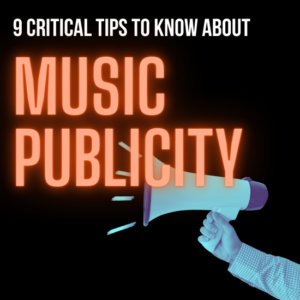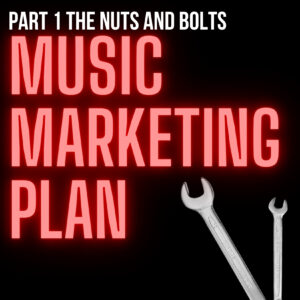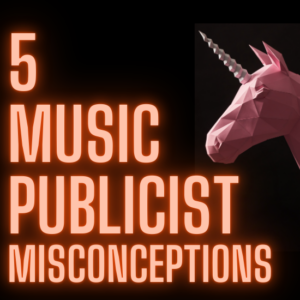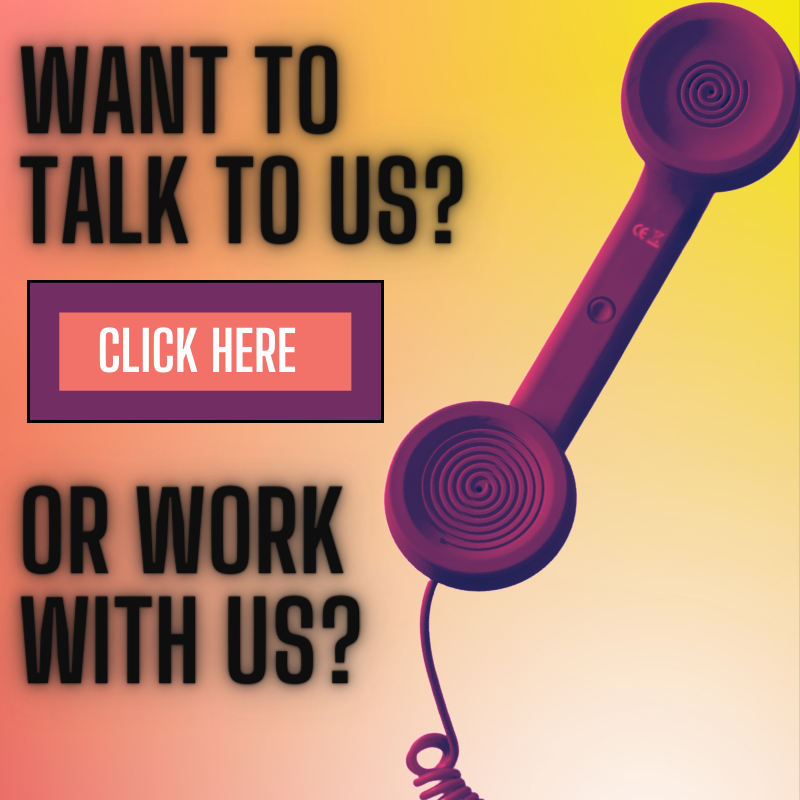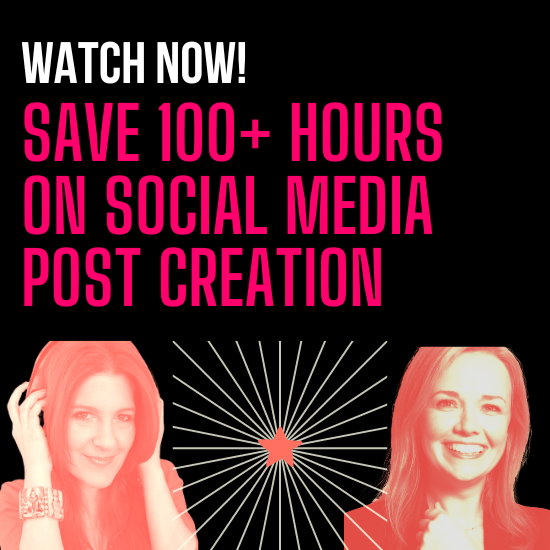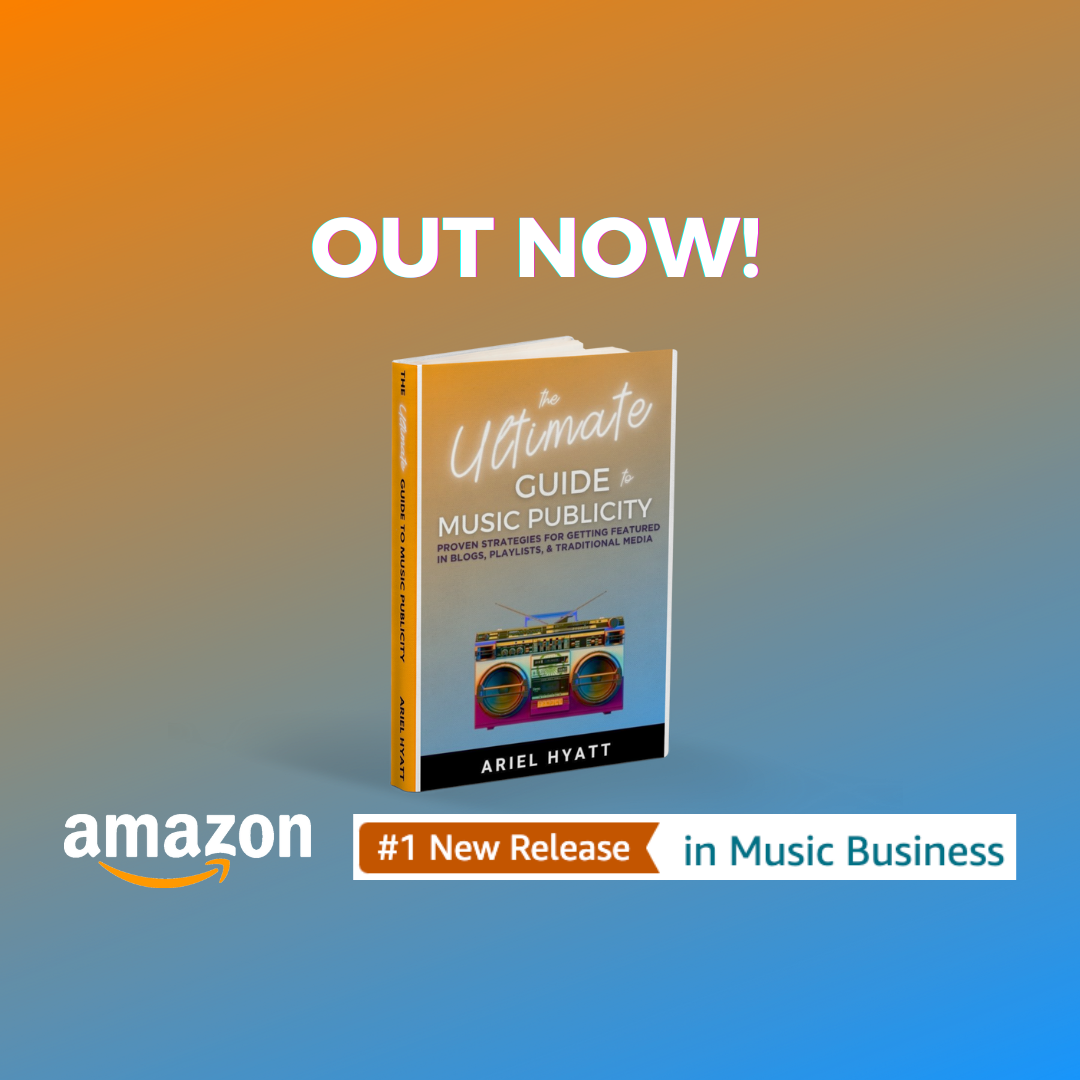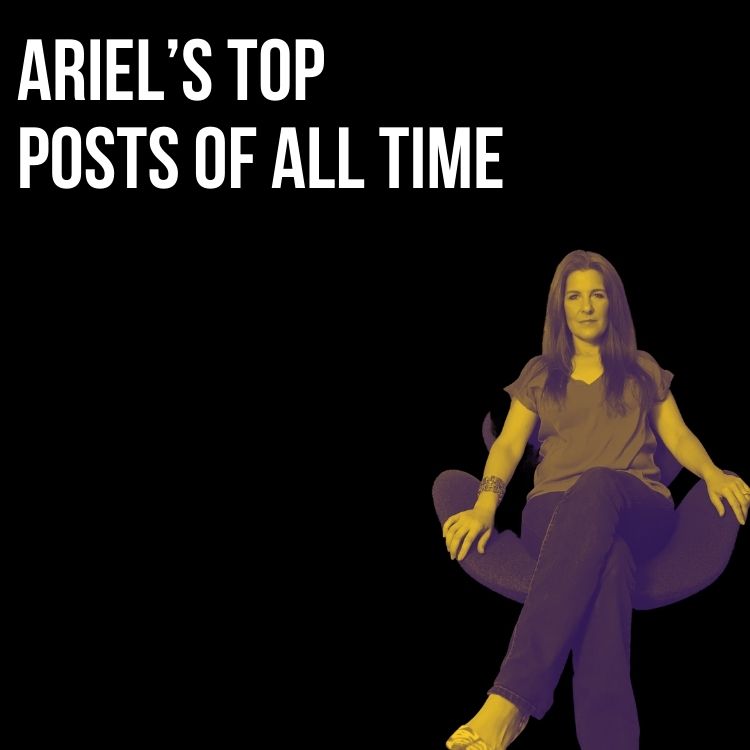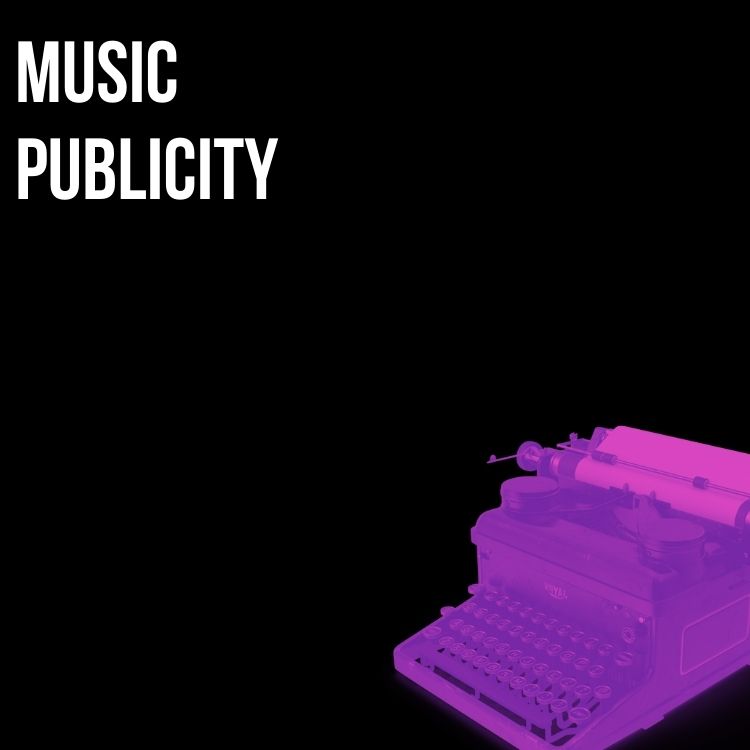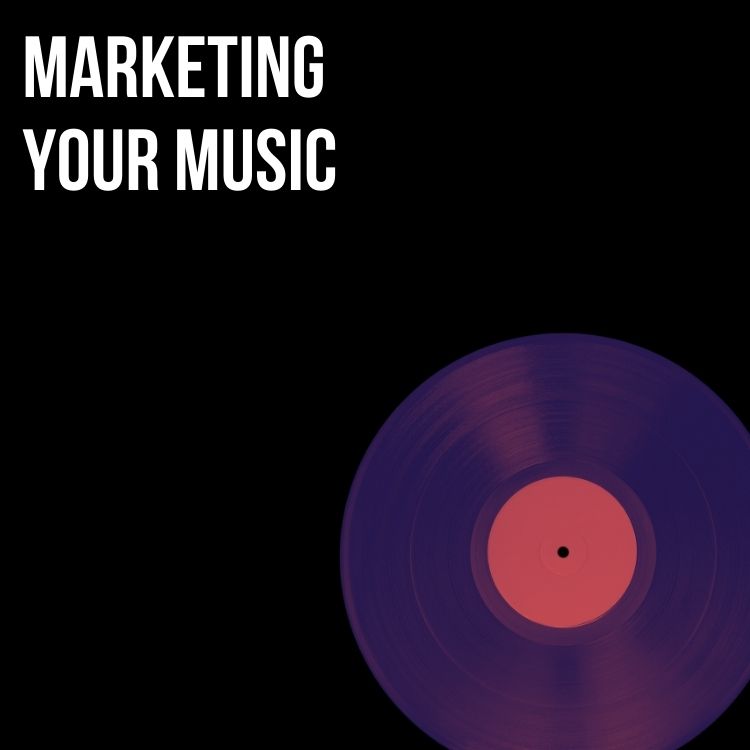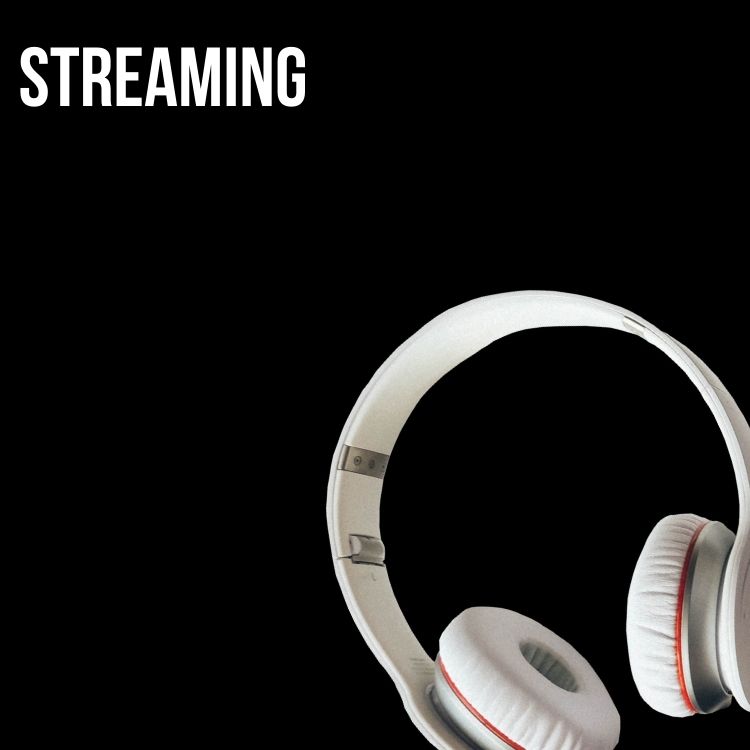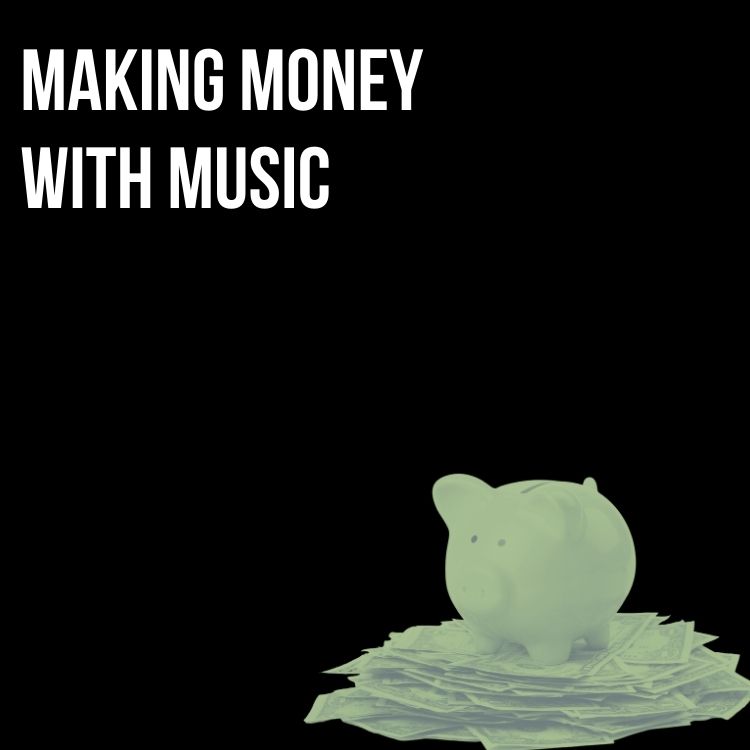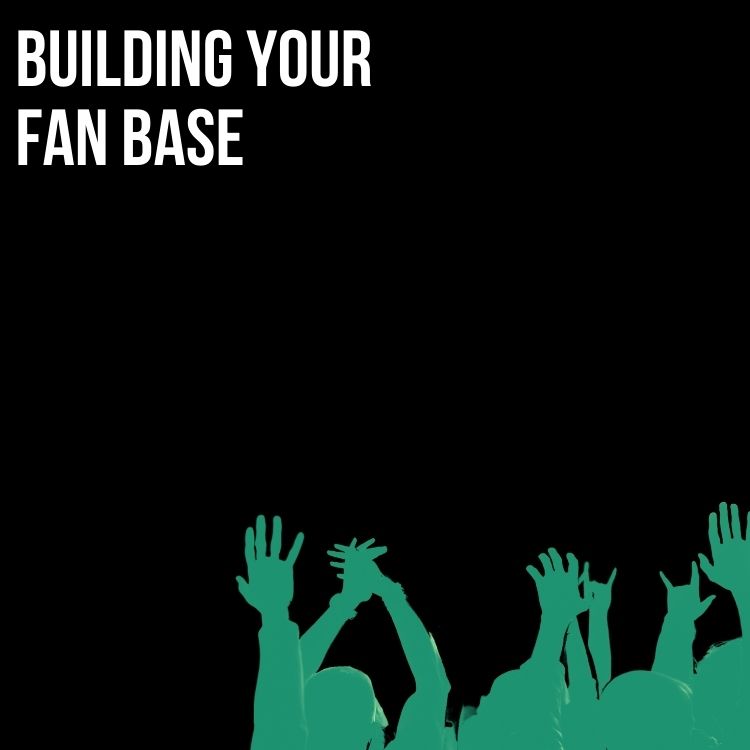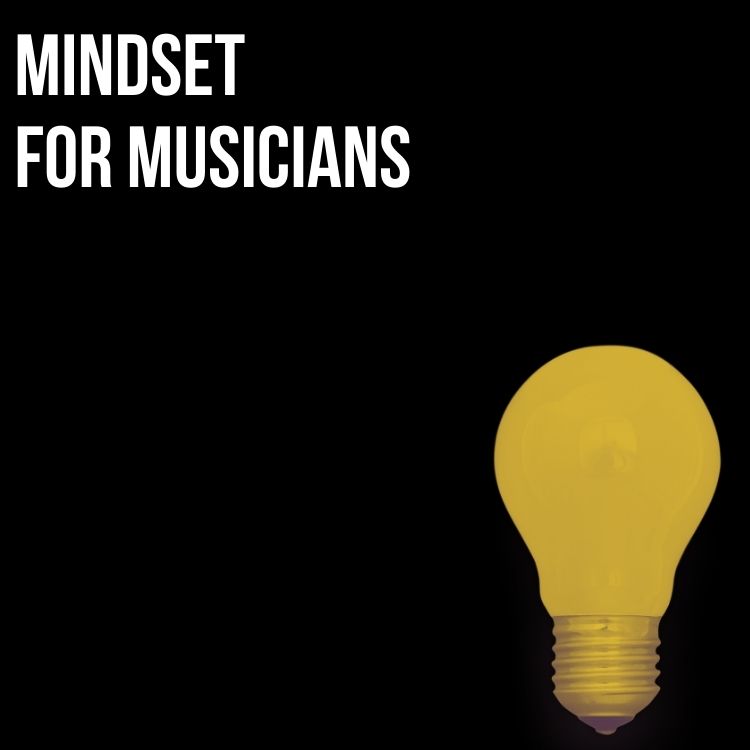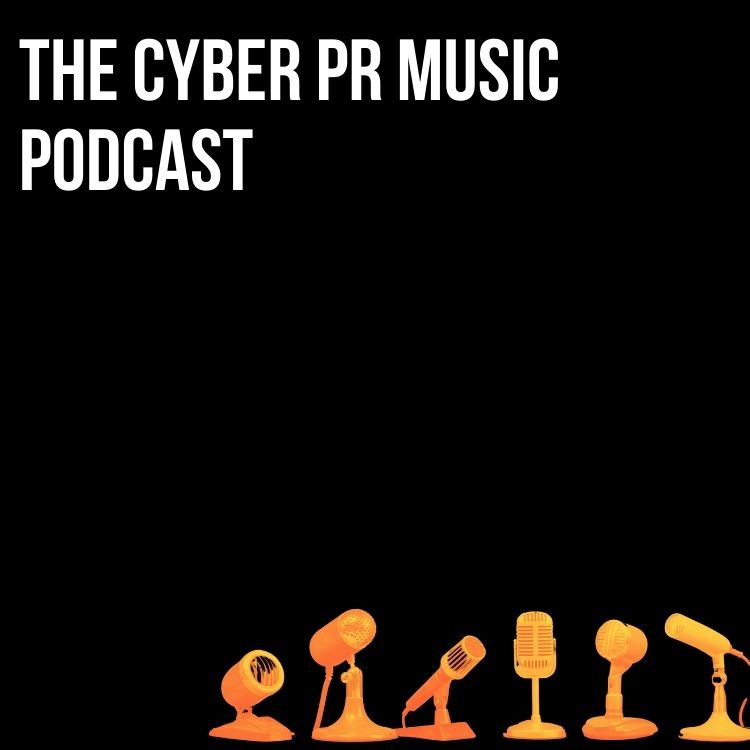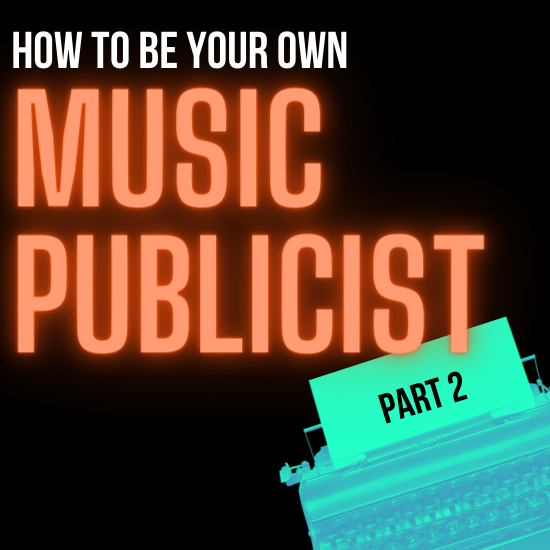
In Part 1 of “How to Be Your Own Music Publicist,” I took you through all the different elements of an effective digital press kit and talked about the fact that you need to have them available for the media to easily access.
Here, in How To Be Your Own Music Publicist Part 2 we will go through the 5 things that need to be addressed before you can start pitching to music blogs and publications.
Here are the next five steps to take in your DIY music publicist journey:
1. Research Music Blogs
2. Prepare Your Target Lists
3. Get Your Email and Newsletters in Order
4. Determine Your Ideal Release Schedule
5. Prep Your Visual Assets and Social Media Posts
1. How to Research Music Blogs (and any type of blog that applies)
Music Bloggers
There are currently over 200 million active bloggers on the internet. Blogs, as you know, can be about any topic. Some blogs are read by a few dozen people, while others are read by millions. The vast majority of all bloggers create blogs for no financial gain whatsoever; in fact, it usually costs music bloggers money to host their files and maintain their blogs.
Finding blogs that are right for you won’t take long – just dive in and start reading them. The ones that resonate will jump out at you.
I suggest curating a list of 25 blogs/ playlists and outlets to start. As you research add them to this so you can easily track your main targets Organizer.
Try and find a few that are related to your other interests and pursuits (not just music)!
Here Are 4 Great Places to Find Music Blogs:
Hype Machine
According to them: Hype Machine keeps track of what music bloggers write about. We’ve carefully handpicked a set of 765 music blogs and then present what they discuss for easy analysis, consumption, and discovery. This way, your odds of stumbling into awesome music or awesome blogs are high.
I suggest spending some time on the site to figure out how it’s organized. Search for artists who are in your vein of music and see where they are getting covered. Be aware that Hype Machine covers a narrow spectrum of specific music mostly falling into the categories of Indie Rock, Indie-pop, and electronic and if you don’t make music that falls into this spectrum this is not a great place to look.
SubmitHub
There are currently thousands of active blogs, playlisters, social media influencers using SubmitHub with a combined reach of millions of fans. You need to pay to submit your music and you must do your research. SubmitHub is a great way to get to the blogs and get responses and feedback (well worth the investment!). Here’s how to use it like a pro.
A word of warning about Google: if you are just starting out, searching for “Top Music Blogs” and blindly reaching out to the first ones that pop up is frankly not smart. These blogs get thousands of emails a day, and the chance of them even opening yours is slim to none. If you are just starting out, shoot for smaller blogs that rank lower, and are therefore not being inundated. You will have way better luck!
Twitter & Instagram
Most media creators maintain active Twitter accounts as it’s a media portal. And of course, everyone also uses Instagram. Tweet about your new releases and share music often, actively follow music blogs and playlisters on both Instagram and Twitter, and of course when pitching your music can DM through both portals.
Niche Bloggers
Work any angles you may have. Is the lead singer of the band a vegan, a parent, or really into yoga? Is someone in the band a micro-influencer?
While acting as your own music publicist, pitch to a few blogs that cover niche topics that fit your brand. A musician on a blog that is not only covering music is like a shark in a sea of tuna. You’ll stand out, and that’s what you want. Plus getting on blogs that are not all about music gives you a chance to show off your signature story and your brand and show you are a diverse human being.
2. Prepare Your Target List
Create Your List of 25 Blogs
Your list should have quite a bit of variety. Choose a few bigger blogs – these are your stretches. You might as well aim big on a few because if you’re lucky and they come through, it’ll be party time.
But don’t spend a ton of time pitching to big names, because when you’re starting out, it’s the small and medium blogs that are going to show you the most love. Also make sure to include a podcast or two on your list, as well as a few of those niche blogs (non-music).
Add the blogs to your own google spreadsheet or Microsoft Excel Spreadsheet so you can keep track of who you pitch and when.
Make a Separate List of Your Music Industry Contacts
If applicable, make sure you have a separate list for your industry contacts as a music publicist so you can appropriately target the messaging for that audience. This includes booking agents, promoters, agents, labels, and managers.
3. Get Your Email and Newsletters in Order
Curate Your List of Fan Email Addresses
In the midst of getting the attention of bloggers, don’t forget the most important people to notify about your release – your fans.
Be sure to get names and addresses on your mailing list and build your newsletter! It’s the absolute best way to let your fans know when you’ve released something new! (And you never know who owns a blog or a podcast or if a fan would love to share your music on socials).
How do you get email addresses? Put out a sign-up sheet at your concerts, and mention it during your set.
Set Up Your Email Account
Create a memorable email address – make sure it’s from a name (not newsletter@…). Not only does this make it more personal, it also reduces the chances that your emails will be filtered into spam folders.
If you want to track whether people are opening your emails (ideal for when you pitch to music bloggers), sign up for a service like Boomerang, or Hubspot’s Sidekick.
Choose (or Update) Your Email Newsletter Management System
You need to use a newsletter management system. Using one makes it easier to create and send well-formatted and on-brand emails to large groups of people. It also gives you analytics on how many people are opening your emails, what links they are clicking, and most importantly, it offers a streamlined option for people to subscribe and unsubscribe. You don’t want to annoy people with unsolicited emails. This is bad for your brand, so bite the bullet and sign up for a service like MailChimp.
Another great thing about MailChimp and similar services is that you can target specific subsets of your email list. Make a separate list for music industry contacts, or for your fans in New York City, etc.
4. Determine Your Ideal Music Release Schedule
Sit down, take a breath, and lay out your ideal release schedule. If you’re putting out an album, how many singles do you want to release? What are your target dates for those premieres? How are you going to keep your momentum going in between features?
A good rule of thumb is to release a track every 4-6 weeks on Spotify – so if this strategy suits you give it a try.
If you are aiming for a premiere (for a single, music video, or a full EP/album), choose ONE target blog to pitch to first.
A 4 week lead time is not unusual to get a response from bloggers, which is why planning ahead is crucial.
Pitch each site one at a time and give each site a few days to respond before you follow up again.
TIP: Your premiere does not necessarily have to happen on the same day your music goes live on iTunes or Spotify. It cannot, however, happen AFTER your music goes live. The whole point of an exclusive premiere is to funnel traffic to the one blog, and your blogger isn’t going to be happy with you if it turns out the song is already out on other channels. So do your best to ensure that the premiere is scheduled for either before, or the same day that your music goes live on other channels.
5. Prep Your Visual Assets and Social Media Posts
When you’re in the middle of a music publicist campaign, you don’t have much time to work on the nitty-gritty details. Therefore, it will help immensely if you can get some of the smaller chores out of the way first.
Figure out what promo photos and videos you want to use. Prepare graphics for Facebook, Twitter, etc. using a service like Canva. Create a schedule of when (roughly) you want to release each component. For example, some artists create countdown graphics in the days leading up to their album release.
When you have good content ready, pre-schedule some social media posts. You can schedule posts directly on Facebook. To schedule posts on your Twitter, you can use a service like HootSuite or Buffer.
Releasing an album or an EP is a lot of work, and using one of these scheduling systems will make your life so much easier.
Our third (and final) installment of “How to Be Your Own Music Publicist” will teach you all you need to know about how to prepare and send your pitches to bloggers, how to follow up, and everything that comes after.
In the meantime, we put our heads together and created this Music PR Checksheet for you, to make sure that you’re not missing any steps. Click on the picture below for your download…
Subscribe for more!
Back to The Blog







